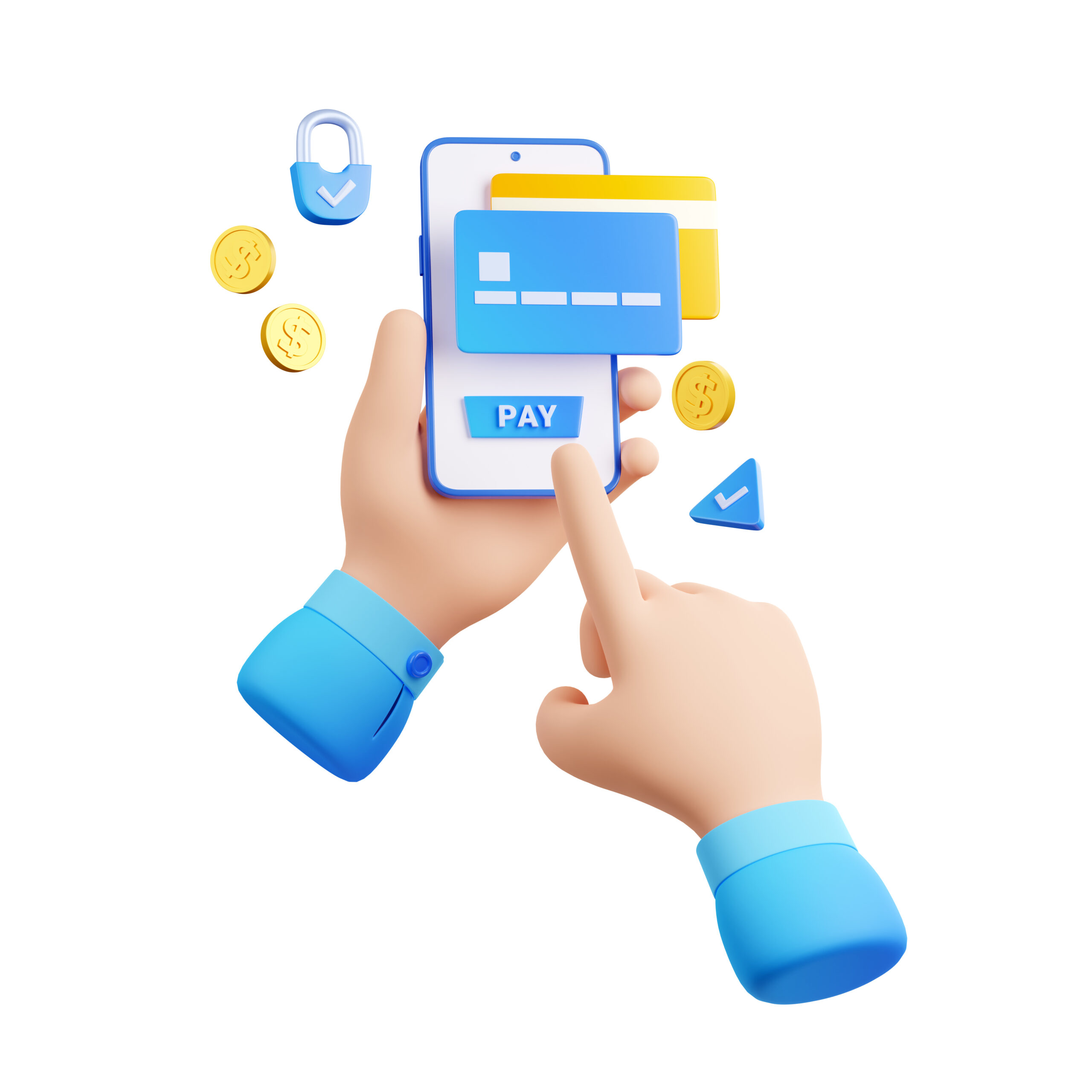Send Money from the USA to India: A Simple Guide for NRIs
For many Non-Resident Indians (NRIs), sending money back home is a regular and meaningful responsibility. Whether you’re supporting family, investing in real estate, or covering educational expenses, transferring funds from the USA to India must be done efficiently, securely, and affordably.
With a wide range of transfer services and evolving regulations, it can be overwhelming to choose the right method. This guide provides a detailed, step-by-step walkthrough on how to send money from the USA to India while maximizing cost savings and ensuring regulatory compliance.
Table of Contents
Step-by-Step Process: Sending Money from the USA to India
Step 1: Choose a Reliable Money Transfer Service
Begin by selecting a trustworthy provider. Some of the most popular services include:
- Wise (formerly TransferWise)
- Remitly
- Xoom (by PayPal)
- Western Union
- MoneyGram
- OFX
- Traditional bank wire transfers
When comparing services, consider the following factors:
- USD to INR exchange rate
- Transfer fees
- Speed of delivery
- Delivery methods (bank deposit, UPI, or cash pickup)
- Customer support and user reviews
Step 2: Create an Account with the Transfer Service
Once you’ve selected a provider, sign up on their website or mobile app. You’ll be required to submit:
- A valid photo ID (passport or driver’s license)
- Proof of U.S. address (utility bill or bank statement)
- Recipient details (name, bank account number, IFSC code)
Step 3: Enter Transfer Details
Input the amount to be sent and choose the currency conversion (USD to INR). Specify the recipient’s bank account details or select an alternate delivery option like cash pickup or UPI credit.
Step 4: Choose Your Payment Method
You can fund the transfer using:
- Bank account (ACH transfer)
- Debit card
- Credit card (often includes higher fees)
- Wire transfer from your bank
Each option affects both the fee structure and transfer time, so review the details before confirming.
Step 5: Review and Send
Double-check the recipient’s name, account details, and the final converted amount. After confirming, submit the transfer request.
Step 6: Track the Transfer
Most platforms offer real-time tracking through apps or email notifications. Keep an eye on the transfer status until it reaches the intended recipient.
Benefits of Using Online Money Transfer Services
Speed
Many services now offer same-day or next-day delivery, with some real-time options depending on the method and recipient bank.
Competitive Exchange Rates
Online platforms often offer better exchange rates than traditional banks. Some even provide rate lock-in options for your convenience.
Lower Fees
Digital transfers via ACH usually have minimal or no fees. Compare total cost (exchange rate + fee) to get the best value.
Security
All major providers are regulated by financial authorities such as FinCEN in the USA. Transfers are encrypted and backed by security guarantees.
Convenience
Transfers can be initiated 24/7 from the comfort of your home. Many platforms also offer recurring transfer scheduling for regular remittances.
Tax and Compliance Considerations
In the USA
- If you send more than $17,000 per person per year (2023 threshold), you may need to report it under U.S. gift tax rules.
- Keep a record of large transfers for IRS audits or reporting.
In India
- There is no tax on money received from NRIs if it is a gift to close relatives (as defined by Indian tax law).
- If the recipient is not a close relative, gifts above ₹50,000 may be taxable in India.
Best Practices for Sending Money from the USA to India
- Compare providers regularly as rates and fees vary
- Confirm recipient’s bank account details to avoid failed transfers
- Use two-factor authentication and secure devices
- Avoid cash-based informal channels for compliance and safety
- Keep documentation for all transfers
Real-Life Scenario
Case: Supporting Family Back Home
Priya, an NRI based in Texas, sends $1,000 every month to her parents in Chennai. She uses Wise to transfer funds directly to their savings account. By choosing ACH transfers, she avoids high fees and benefits from competitive exchange rates. Her parents receive the funds within 24 hours, and the entire process is managed from Priya’s mobile phone.
FAQs
Q1: How long does it take to transfer money from the USA to India? Most digital transfers take 1–2 business days. Some platforms offer instant or same-day delivery at a higher fee.
Q2: What is the safest way to send money to India? Using regulated online services like Wise, Remitly, or Xoom is considered safe. Avoid informal methods or cash agents.
Q3: Can I send money to an Indian resident account directly? Yes. You can transfer to an Indian resident’s savings account or to your own NRE/NRO accounts.
Q4: Do I need to pay tax in the USA on money sent to India? Sending money itself is not taxed. However, large transfers may need to be reported as gifts if they exceed annual IRS limits.
Conclusion
Sending money to India from the USA doesn’t have to be complex or expensive. With digital tools and informed choices, NRIs can ensure quick, secure, and cost-efficient transfers. Always compare rates, use secure platforms, and maintain full compliance with tax laws in both countries.
For tailored advice on NRI banking, investments, or repatriation strategies, feel free to contact our expert advisory team. Your money deserves smart handling—across borders and beyond.

